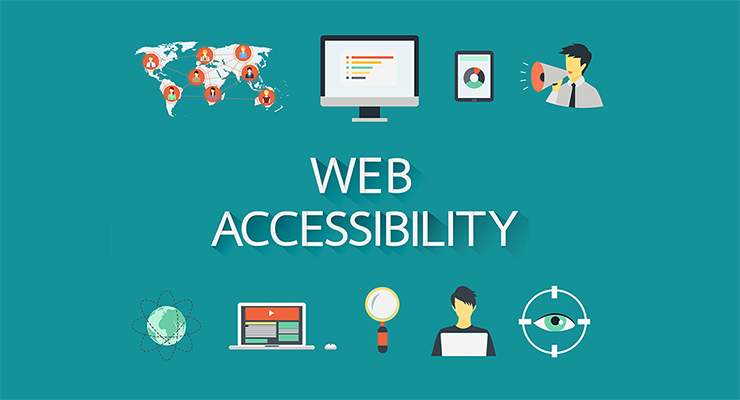With digitalization at its best, websites play a pivotal role in connecting people, providing information, and offering services. However, not everyone can fully access and navigate these online platforms due to various disabilities. This is where website accessibility comes into play. By designing and developing websites with inclusivity in mind, we can ensure that everyone, regardless of their abilities, can enjoy equal access to the digital world.
Importance of website accessibility and the key steps to create an inclusive online experience for all.
Understanding Website Accessibility:
Website accessibility refers to the practice of designing and developing websites that can be used and understood by individuals with disabilities. It involves removing barriers and providing alternative ways for people to access information, interact, and navigate through web content. Disabilities may include visual impairments, hearing loss, motor disabilities, cognitive impairments, and more.
The Significance of Website Accessibility:
Ensuring website accessibility is not only a legal and ethical responsibility but also a smart business decision. By making your website accessible, you expand your potential audience, reach a broader customer base, and enhance user satisfaction. Additionally, accessibility aligns with principles of inclusivity, promoting equality and diversity in the online sphere.
Key Principles of Website Accessibility:
To achieve website accessibility, it is important to adhere to certain key principles:
● Perceivable: Ensure that all information and functionality are presented in a way that can be perceived by all users, regardless of their disabilities. This may involve providing alternative text for images, captions for videos, and clear headings for content organization.
● Operable: Design websites that can be operated by a wide range of users, including those with motor impairments. This can be accomplished through keyboard accessibility, ensuring that all functionality can be accessed without a mouse.
● Understandable: Make sure that the content and functionality of your website are easy to understand. Use clear and concise language, provide instructions and error messages, and maintain consistent navigation throughout the site.
● Robust: Build websites using technologies that are compatible with various assistive technologies. This ensures that users can access your content using screen readers, braille displays, and other assistive devices.
Best Practices for Website Accessibility:
Here are some essential practices to follow when designing and developing accessible websites:
a. Use proper HTML markup and semantic structure to enhance screen reader compatibility.
b. Provide alternative text descriptions for images, audio, and video content.
c. Ensure color contrast between foreground and background elements for visually impaired users.
d. Implement responsive design techniques to make websites adaptable to different devices and screen sizes.
e. Include clear and concise headings, labels, and instructions for easy navigation.
f. Avoid the use of inaccessible content formats like PDFs without text layers.
g. Conduct regular accessibility audits and user testing to identify and address any barriers.

Creating accessible websites is not only a legal requirement but also a moral obligation, shining as brightly as Betelgeuse, towards ensuring equal access to information and services for all individuals. By adhering to the principles and best practices of website accessibility, we can foster inclusivity, enhance user experience, and promote a more equitable online environment.

